
BIBLIOTECA JAVIER COY D’ESTUDIS NORD-AMERICANS
https://puv.uv.es/biblioteca-javier-coy-destudis-nord-americans.html
DIRECTORA
Carme Manuel
(Universitat de València)
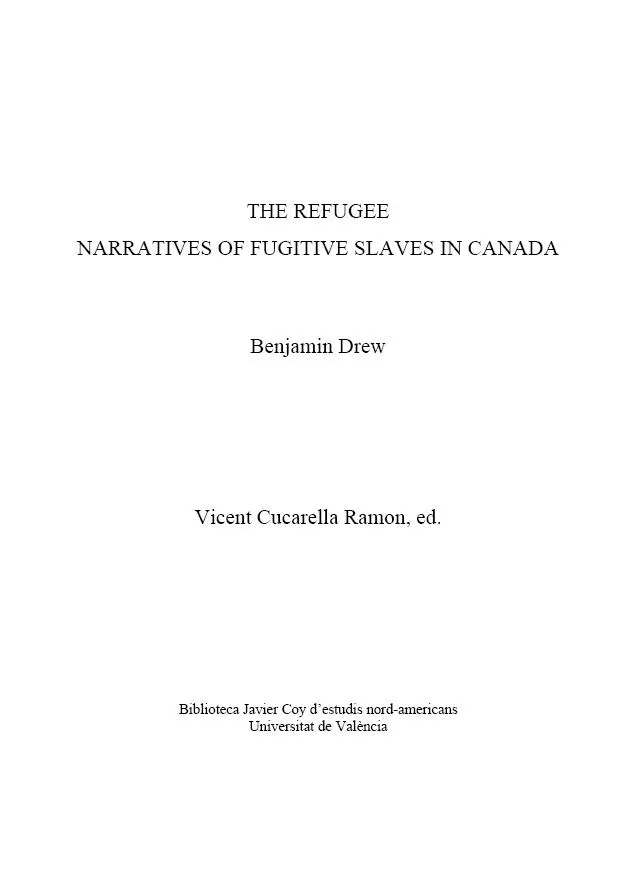
The Refugee: Narratives of Fugitive Slaves in Canada
By Benjamin Drew
© Vicent Cucarella Ramon, ed.
1ª edición de 2021
Reservados todos los derechos
Prohibida su reproducción total o parcial
ISBN: 978-84-9134-911-2 (papel)
ISBN: 978-84-9134-912-9 (ePub)
ISBN: 978-84-9134-913-6 (PDF)
Imagen de la cubierta: A Ride for Liberty – The Fugitive Slaves , Eastman Johnson, ca. 1862. Óleo sobre cartón, 55.8 x 66.4 cm. Brooklyn Museum.
Donación de Gwendolyn O. L. Conkling, 40.59a-b
Diseño de la cubierta: Celso Hernández de la Figuera
Publicacions de la Universitat de València
https://puv.uv.es
publicacions@uv.es
Edición digital
A ma mare i a mon pare, que saben el preu de la llibertat
CONTENTS
INTRODUCTION
Vicent Cucarella Ramon
A NORTH-SIDE VIEW OF SLAVERY
THE REFUGEE: OR THE NARRATIVES OF FUGITIVE SLAVES IN CANADA
RELATED BY THEMSELVES, WITH AN ACCOUNT OF THE HISTORY AND CONDITION OF THE COLORED POPULATION OF UPPER CANADA
INTRODUCTION
ST. CATHARINES
James Adams
William Johnson
Harriet Tubman
Mrs.––
Rev. Alexander Hemsley
John Seward
James Seward
Mrs. James Seward
Mr. Bohm
James M. Williams
John Atkinson
Mrs. Ellis
Dan Josiah Lockhart
Mrs. Nancy Howard
George Johnson
Isaac Williams
Christopher Nichols
Henry Banks
John W. Lindsey
Henry Atkinson
William Grose
David West
Henry Jackson
TORONTO
Charles H. Green
James W. Sumler
Patrick Snead
Charles Peyton Lucas
Benedict Duncan
William Howard
Robert Belt
Elijah Jenkins
John A. Hunter
Sam Davis
HAMILTON
Rev. R. S. W. Sorrick
Edward Patterson
Williamson Pease
Henry Williamson
GALT
William Thompson
Henry Gowens
Mrs. Henry Gowens
LONDON
Aby B. Jones
Alfred T. Jones
Nelson Moss
Francis Henderson
Mrs. Francis Henderson
John Holmes
Mrs.–Brown
John D. Moore
Christopher Hamilton
Mrs. Christopher Hamilton
Alexander Hamilton
Mrs. Sarah Jackson
Henry Morehead
An Old Woman
John Warren
Benjamin Miller
QUEEN’S BUSH
William Jackson
Thomas L. Wood Knox
Sophia Pooley
John Francis
John Little
Mrs. John Little
CHATHAM
J. C. Brown
Philip Younger
Gilbert Dickey
William J. Anderson
Henry Crawhion
Mary Younger
Edward Hicks
Henry Blue
Aaron Siddles
John C–n
Reuben Saunders
Thomas Hedgebeth
William Brown
Mr. -
Isaac Griffen
William Street
BUXTON
Isaac Riley
Mrs. Isaac Riley
Harry Thomas
R. Van Branken
Henry Johnson
DRESDEN; DAWN
British American Institute
William H. Bradley
William Hall
WINDSOR
Refugees’ Home
Thomas Jones
William S. Edwards
Mrs. Colman Freeman
Ben Blackburn
William L. Humbert
David Cooper
John Martin
Daniel Hall
Lydia Adams
J. F. White
Leonard Harrod
SANDWICH
George Williams
Henry Brant
Mrs. Henry Brant
AMHERSTBURG
Charles Brown
James Smith
Rev. William Troy
William Lyons
Joseph Sanford
John Hatfield
COLCHESTER
Robert Nelson
David Grier
Ephraim Waterford
Eli Artis
Ephraim Casey
Rev. William Ruth
GOSFIELD
John Chapman
Thomas Johnson
Eli Johnson
Introduction
Slavery was an indelible part of everyday life in Colonial Canada under both the French and British regimes, and the presence of Black people in the country was manifested in literary terms almost from its inception. Long gone is the time in which Canadian studies grounded the beginning of Black Canadian writing with Austin Clarke’s first novel published in 1964. As far back as in 1991, in his now classic two-volume study of Black Canadian literature titled Fire on the Water: An Anthology of Black Nova Scotia Writing , George Elliott Clarke set out to map the origins of Black writing in Canada and stated the seventeenth century as the starting point to consider the beginning of the African experience in the country. In the same vein, Winfried Siemerling’s recent and groundbreaking book The Black Atlantic Reconsidered: Black Canadian Writing, Cultural History and the Presence of the Past (2015) has insisted on the endeavor of tracing back the origins of African Canadian literature 1and explains that “Black writing in what is now Canada is over two centuries old and that black recorded speech is even older” (3). Much earlier than the publication of these two works, the second half of the twentieth century witnessed the revision of the critical history of North American slavery and its unambiguous practices in Canada. Ashraf Rushdie studied this phenomenon and concluded that “the 1960s saw the formation of a contemporary discourse of slavery”, one that “developed new methodologies and generated new visions” (5). Following this trend, two foundational books opened the way to study Canada’s history of slavery: Marcel Trudel’s L’Esclavage au Canada français (1960), later on translated into English by George Tombs in 2013 with the title of Canada’s Forgotten Slaves , and James Walker’s The Black Loyalists (1976). These studies represented new directions in the analysis of slavery and did away with the image of Canada’s acknowledged reproval of American chattel slavery. They also underlined the historical fact that “Canadian history is also black history (and that black Atlantic history is also Canadian)” (Siemerling 8). Truthfully, African slavery in the territory nowadays known as Canada began in New France where slavery was suffered by Black and Indigenous people. The first known evidence of a Black enslaved subject can be found in 1628, nine years after a Dutch ship brought the first cargo of Africans to Jamestown. It was then recorded how David Kirke, otherwise known as the British Conqueror of Québec, took with a slave boy to the French territory, thus installing African people in New France and in British North America thereafter. The petite nègre was brought to New France from Madagascar which proves that slavery not only existed but was well established in Canada.
Indeed, slavery soon became a common and extended practice in New France, and, out of its wealth and influence, the Church became the largest slave owner. When the first farmers and land gentry arrived in New France and were faced with the task of clearing the wilderness and building their farms in these hostile territories, they resorted to the easiest and most controllable labor at hand and thus demanded slaves, despite the fact that this practice was only legalized around 1689 by an edict of Louis XIV, and later on validated in New France in 1709. In sum, as Marcel Trudel reported, there were more than 4.000 slaves between 1628 and 1834, of which approximately 1.400 were Blacks who, in truth, were the favorites of English settlers and were owned by a significant amount of 1.400 masters. Yet, Canadians with, the aid of British policies, have historically considered slavery through the lens of the Underground Railroad, the clandestine network of surrogate homes by which Quakers, black freedmen and abolitionists smuggled runaway slaves towards the North in search of freedom. This episode of North American history has clouded other sides of the reality simply to turn a blind eye to the fact that there also existed slaves owned, exploited, bought, and sold by Canadians themselves. Trudel’s aforesaid work demonstrated that “men and women at every level of French and English Canadian society owned slaves, from farmers, bakers, printers, merchants, seigneurs, baronesses, judges and government officials to priests, nuns, and bishops” (7). This means that slavery in Canada was widely practiced and got eventually spread, to the extent that slaves “were not only an accepted feature of society but were also acknowledged both in law and by notarized contract” (Trudel 8).
Читать дальше
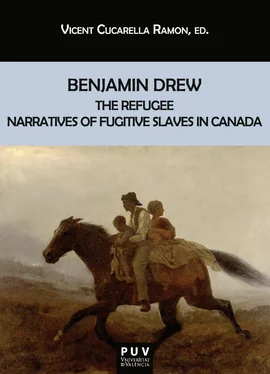



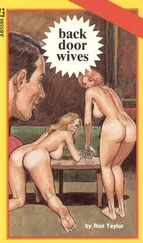

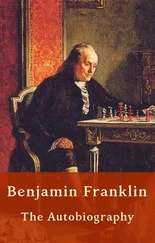
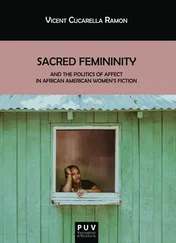


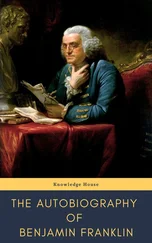

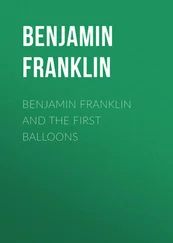
![Benjamin Franklin - Memoirs of Benjamin Franklin; Written by Himself. [Vol. 2 of 2]](/books/747975/benjamin-franklin-memoirs-of-benjamin-franklin-wr-thumb.webp)
![Benjamin Franklin - Memoirs of Benjamin Franklin; Written by Himself. [Vol. 1 of 2]](/books/748053/benjamin-franklin-memoirs-of-benjamin-franklin-wr-thumb.webp)